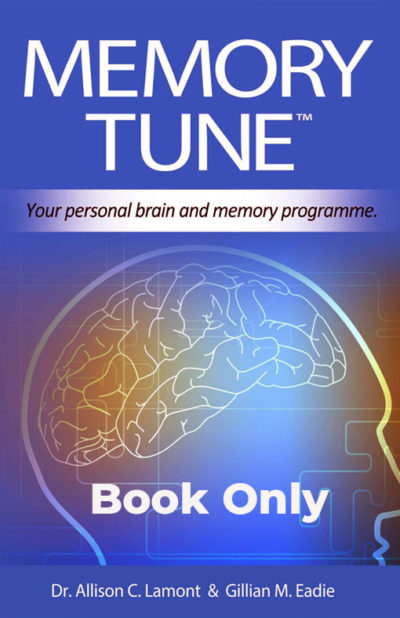 Hearing well is essential for good communication, safety, independence, and memory. Looking for a quick way to check your hearing without leaving the house? An online hearing check could be the first step.
Hearing well is essential for good communication, safety, independence, and memory. Looking for a quick way to check your hearing without leaving the house? An online hearing check could be the first step.
Many clinic websites, hearing aid manufacturers and phone apps offer hearing checks or screenings. How accurate are they?
They are usually pretty good, and can tell whether your hearing is within ‘normal’ range or not (based on norms for adults). An online test from a reputable clinic or hearing aid manufacturer should be tested and evaluated for accuracy. However, they all rely on you setting your headphones or speaker volume, following instructions and having properly functioning equipment.
The tests also cannot rule out obstructions such as wax in the ear, or medical conditions. Also be careful that many of the tests will require you to enter your personal contact details to get the results, and you may have to agree to being contacted by the company as a follow-up.
How do they work? Some online tests ask the user to indicate when different tones are heard or ask you to adjust the volume until the tone is very soft but still audible. This gives an indication of hearing levels at different pitches or frequencies. Each ear should be evaluated separately.
Another type of test uses words or numbers, presented in increasing levels of background noise, to test whether you can hear well. Users are asked to type in the words (using pictures or a number keypad). These tests are surprisingly accurate and have been shown to provide a good quality screening result (normal hearing or not).
With any type of screening test – in person, online or even on the phone – any results indicating hearing levels outside of the ‘normal’ range should recommend a full diagnostic evaluation for further investigation.
What is the difference between a hearing screening and a full diagnostic evaluation? Any hearing screening is looking to see if your hearing is within typically ‘normal’ levels sufficient for daily speech understanding. This is different from a diagnostic audiological evaluation which evaluates each client for obstructions or abnormalities in the external ear (wax, growths, etc), checks middle ear status (ruling out fluid or infection in the middle ear) and then goes on to check actual hearing levels at a wide range of pitches.
Most full evaluations also include a speech intelligibility component – either in quiet or noise (or both) which give insight into how well the client understands speech at different levels, looks at difference between the ears, cross-checks validity and gives information towards possible success with hearing aids. A full diagnostic evaluation will usually include a report back to the client or on to your doctor.
 This article was written by Teresa Burns, Doctor of Audiology and Director of Teresa Burns Hearing Ltd, in Auckland, New Zealand. You can learn more about her at teresaburnshearing.co.nz
This article was written by Teresa Burns, Doctor of Audiology and Director of Teresa Burns Hearing Ltd, in Auckland, New Zealand. You can learn more about her at teresaburnshearing.co.nz




